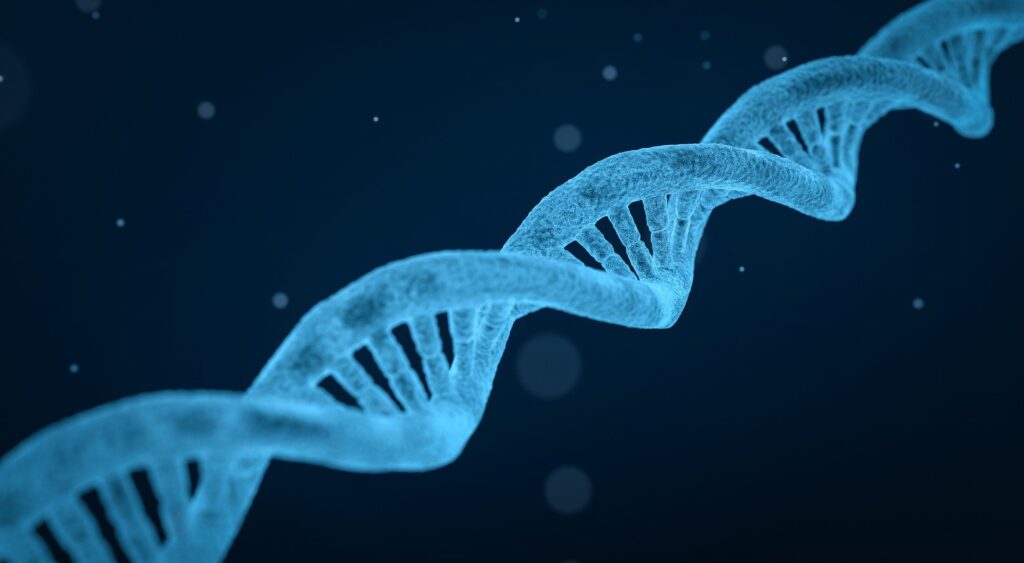

Replacement vectors or substitution vectors are prepared by removing the central filler segment of phage DNA to accommodate the fragments of foreign DNA. This procedure is known as the “preparation of λ arms.” Restriction endonucleases are used to separate the two arms of phage DNA from the central stuffer fragment. The following methods are used to purify bacteriophage λ arms:
2µg/ml Ethidium Bromide can be added to NaCl or sucrose density gradients to visualize different DNA species within the gradient. With experience, the fractions of phage DNA containing annealed arms can be pooled without former examination by agarose gel electrophoresis. In some cases, for instance, when the digested DNA is to be treated with alkaline phosphatase, the preliminary ligation of cohesive termini before exposure to restriction endonucleases is preferred.
One can use the method described below to purify the arms of any bacteriophage λ vector.
Buffers, Gels, and Solutions
Nucleic acids
Other Equipment
Prepare two sucrose solutions containing 10% w/v and 40% w/v sucrose respectively in NaCl (1M), Tris Chloride (20mM and pH 8.0), and 5mM EDTA. Sterilize the sucrose solutions by using 0.22µm thick nitrocellulose filters.
Sucrose density gradient can also be linearly established by diffusion. This method is preferably used when large numbers of gradients are required. Prepare four sterilized sucrose solutions (10%, 20%, 30% and 40% w/v) in NaCl (1M), Tris Chloride (20mM and pH 8.0), and 5mM EDTA. To form a 38ml density gradient, layer 9.5ml of each sucrose solution one above another in the descending order of density, i.e., 40% w/v solution in the bottom and 10% on the top. Some researchers also oppositely prepare the gradient, i.e., by placing 10% sucrose solution in the bottom, overlaying 20%, 30%, and 40% sucrose solutions, respectively.
Continuous density gradients can also be prepared in a gradient maker. Each gradient requires approximately 15 minutes to pour at room temperature. Each gradient can hold 60-75µg of DNA.
The rate of migration of annealed arms is similar to that of the undigested DNA.
Sucrose density gradients have higher resolving power; therefore, phage arms obtained by this method have higher purity. However, this method is more time-consuming than the other gradients used for the purification of arms.
Sometimes, DNA can be digested with a restriction enzyme that cleaves within the central filler segment and not the arm. This approach reduces the size of the stuffer fragment and improves the separation of filler segments from the arms, ultimately generating termini incompatible with that of the arms.
Purified arms of the popular vectors such as EMBL3, EMBL4, λgt10 and λgt11, etc., are available commercially. However, if the user is inexperienced or happens to make a small mistake, these arms become worthless. In some small scale cloning projects, such as when sub-cloning from an individual yeast artificial chromosome, the use of commercially available arms’ sources seem to be less expensive; however, if these arms are to be regularly used, such as for the construction of genomic libraries, it is preferred to use domestically available arms prepared by density gradient based centrifugation.
Sucrose density gradients have higher resolving power; therefore, phage arms obtained by this method have higher purity. However, this method is more time-consuming than the other gradients used for the purification of arms.
Sometimes, DNA can be digested with a restriction enzyme that cleaves within the central filler segment and not the arm. This approach reduces the size of the stuffer fragment and improves the separation of filler segments from the arms, ultimately generating termini incompatible with that of the arms.
Purified arms of the popular vectors such as EMBL3, EMBL4, λgt10 and λgt11, etc., are available commercially. However, if the user is inexperienced or happens to make a small mistake, these arms become worthless. In some small scale cloning projects, such as when sub-cloning from an individual yeast artificial chromosome, the use of commercially available arms’ sources seems to be less expensive; however, if these arms are to be regularly used, such as for the construction of genomic libraries, it is preferred to use domestically available arms prepared by density gradient based centrifugation.
